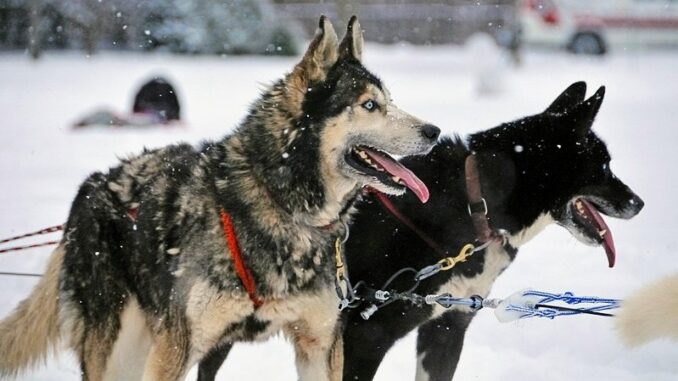
Canis familiaris appears to have the ability to be bilingual. Researchers at Eötvös Loránd University in Hungary wanted to know if dogs could tell the difference between human languages. In this study, the two natural languages employed were Hungarian and Spanish, although in theory any two human languages could have been used. The first author of the research paper, Laura Cuaya, had relocated to Hungary from Mexico prior to the study, bringing her pet bordie collie, by the name of Kun-kun, with her.
Kun-kun had only ever heard Spanish in her life before arriving in Hungary, and only knew commands in Spanish. Cuaya began to wonder what her dog made of the new and different-sounding language of their new home. Happily, Cuaya was in an ideal position to find out in her new position with the university’s Department of Ethology (study of animal behavior) and the Neuroethology of Communication Research Group.
A total of 18 dogs were recruited for the study: one cocker spaniel, one labradoodle, two Australian shepherds, three mixed breeds, five golden retrievers, and six border collies. They ranged in age from 3 to 11 years old, which is significant as it turned out that the older dogs more readily recognized differences in human speech. (Proof that old dogs have an edge over young pups – something to remember, kids.) Also significant was the fact that dogs with longer snouts did better than short-snout dogs, suggesting genetics played a role as much as experience did.
A functional magnetic resonance imaging (fMRI) machine was employed to monitor the dogs’ brain activity while listening to human language. In the first phase of the study, the doggos were tested to see if they could differentiate between a genuine human language (natural language) and meaningless gibberish. Turns out, they can. In the second phase, the pooches listened to “The Little Prince”, read in Hungarian and Spanish while the fMRI scanned their secondary auditory cortex. The researchers say that the results suggest that dogs can tell the difference between two different languages.
